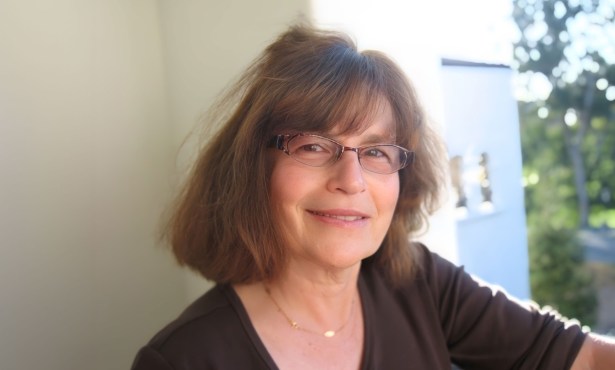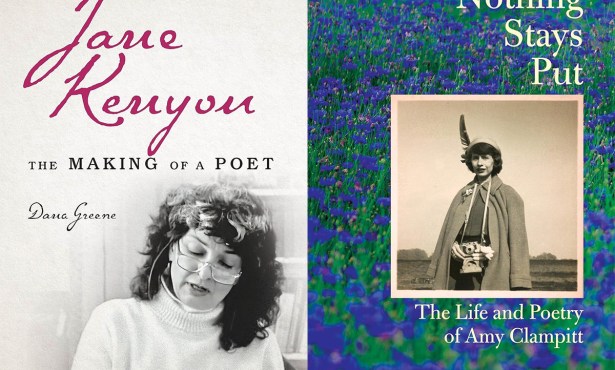Sheila Lodge Tells Santa Barbara’s All
Former Mayor Pens ‘Santa Barbara, An Uncommonplace American Town: How Thoughtful Planning Shaped a City’

At this point, there are few things Sheila Lodge hasn’t done. Most obviously, Lodge was the first woman to be elected the mayor of Santa Barbara in 1981, ushering in a four-decade run of successive mayoral matriarchs, with only the briefest of male interruptions since — and that was only for a few months in 1993.
But gender politics was never really the point for Lodge — planning was. Planning was always the tool that Lodge wielded to limit otherwise unfettered forces of growth and development in hopes of fostering a lively, vibrant, functional city accessible to people of all income levels. That it hasn’t quite worked out that way is, by now, pretty obvious. But that’s never stopped Lodge from trying in her many council and commission roles, always with the goal to maintain the uniquely human scale of Santa Barbara’s built environment.
That is the fight Lodge details in her new book, an easy-to-read primer on the history of planning, Santa Barbara style. Santa Barbara, An Uncommonplace American Town reveals that these battles date considerably further back than the late, great oil spill of 1969, popularly misconstrued as the lightbulb moment for Santa Barbara’s environmental awakening.
Get the top stories in your inbox by signing up for our daily newsletter, Indy Today.
In her bite-size tome, Lodge traces the struggle to keep development from overwhelming Santa Barbara’s natural setting all the way back to 1874. The title of her book alludes to a newspaper editorial penned that year lamenting how the onslaught of “improvements” threatened to transform Santa Barbara into “just a commonplace American town.”
Lodge is deeply concerned that those threats are alive and well, and her book is a not-so-subtle exhortation to protect “this special, still uncommonplace, American town.” For those who have forgotten, Lodge’s book is meant to remind them just how Santa Barbara came to live within its environmental constraints, however imperfectly. For those who never knew, the book is Lodge’s way of saying, “Wake up — it didn’t just happen. A whole lot of people struggled to make it that way.”
This is decidedly not yet another homage to Santa Barbara-as-urban mausoleum, a place for rich people to get buried. It’s a brisk walk through the past, introducing readers to pivotal players in creating the city’s visual template. That includes Bernhard Hoffmann, the high-minded Yankee in high-waisted pants who moved here in the 1920s so his diabetic daughter could be treated at the Sansum Clinic. Before Hoffmann left, he gave us the El Paseo and Lobero Theatre, defining architectural landmarks steeped in the city’s now-famous Hispano-fied vibe. But there was serious pushback, with Santa Barbara’s newspaper publisher/powerbroker Thomas Storke accusing the Architectural Review Board — Hoffmann’s baby — of being communist.
Fast-forward to the late ’60s, when the City Council was brow-beaten by a high-octane, astro-turf lobbying campaign to approve the proposed El Mirasol condos, twin towers shooting 107-feet high in what’s now Alice Keck Park Memorial Garden. Lodge recounts the citizen uprising that got Santa Barbara the park instead. Lodge is ending her political career just as she began it: a passionate, obstinate, well-informed creative contrarian spitting into the winds of seeming inevitability. Much of the history she writes about here isn’t something she read about; it’s something she lived and struggled with.
This article was underwritten in part by the Mickey Flacks Journalism Fund for Social Justice, a proud, innovative supporter of local news. To make a contribution go to sbcan.org/journalism_fund.




You must be logged in to post a comment.